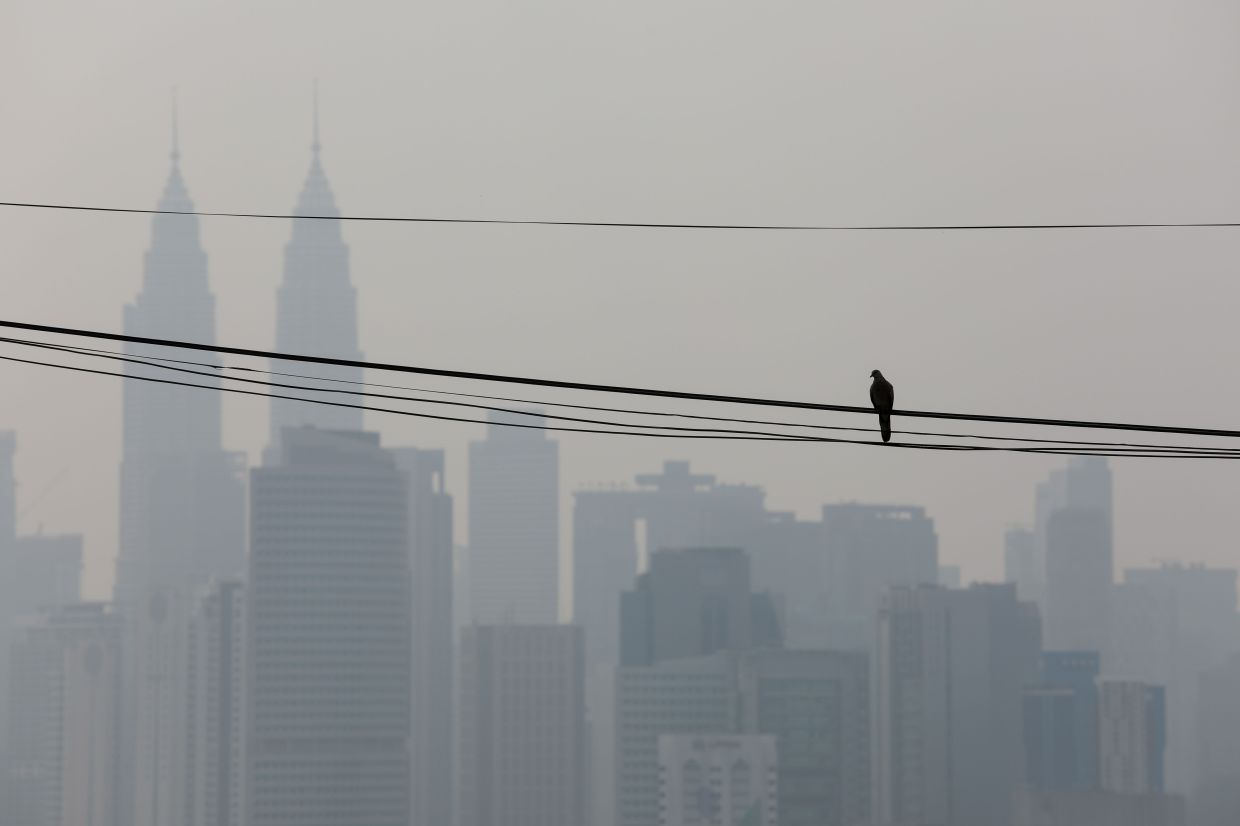Introduction
Air pollution is the fourth leading risk factor of premature death globally and the greatest environmental threat to human health [1]. Long-term exposure to air pollution can lead to severe adverse health effects, including premature death from respiratory and cardiovascular diseases [2]. Every year, more than 4 million people worldwide die due to long-term exposure to outdoor (ambient) air pollution alone [3]. A significant number of these occur in Asia, where air quality has deteriorated alongside rapid fossil-fueled expansion and population growth.
In Malaysia, respiratory illnesses were the second leading cause of death (14.8%) in 2019, while cardiovascular diseases were the underlying cause of 7.9% of deaths in hospitals [4]. The increasing number of stationary, mobile and area sources that emit particulate pollutants and toxic gases are the main contributors to this worsening health threat. Research suggested that Malaysian citizens would live on average 1.8 years longer if annual average fine particulate matter (PM2.5) concentrations were reduced to 10 μg/m3 — a 65% reduction from the current average levels of air pollution in the country [5].
According to the State of Global Air 2020 report, deaths attributed to PM2.5 in Malaysia increased by nearly 30% in the last 10 years [6]. In 2019, as many as 10,600 people in the country were estimated to have died as a result of air pollution [7].
While the government has deployed a number of policies to control pollution, more aggressive action is needed. In 2021, the World Health Organization (WHO) tightened its Ambient Air Quality Guidelines — the recommended ‘safe levels’ of exposure to air pollution that serve as a benchmark for countries. The update was based on scientific evidence that air pollution is more dangerous to human health than originally estimated. This has significant implications for Malaysia, whose ambient air quality standards for most pollutants remain above both the 2005 and 2021 guidelines of the WHO [8]. Such health risks and outcomes have a corresponding cost in healthcare spending and losses in productivity, a significant economic burden of disease from air pollution.
To contribute to the assessment of the current impacts of outdoor air pollution on the Malaysian population, this report provides the most comprehensive estimates of the health and economic impact of ambient air pollution in the country using the latest publicly available data and concentration-response functions (CRFs). To assess the benefits of cleaner air, we also calculate the impact of exposure to air quality under three different scenarios. First, under the currently observed air quality levels in Malaysia; second, with air quality in compliance with 2005 WHO guidelines; and lastly, air quality in compliance with the safest air quality for human health as presented in the 2021 WHO guidelines.






